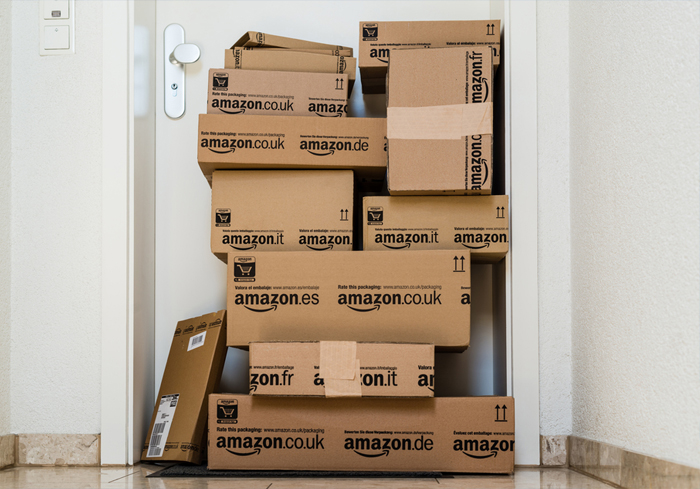
Amazon.ca will now offer clothes and shoes from brands such as Levi’s, Puma, and French Connection, adding 1.5 million items to its inventory, according to Reuters. Last year, the online retailer added online stores such as “home automation” and “wearable technology,” reaching a total of more than 100 million items in its inventory.
With a consumer average order value (AOV) of $98, Canada’s online sales growth is increasing – to the detriment of brick-and-mortar stores in Canada. According to the survey conducted by Nielsen, 29 percent of Canadians reported already having used a mobile phone to make an online purchase. In a recent interview, Linda Mantia, EVP of Digital, Payments & Cards at RBC told PYMNTS, “Technology is changing the way consumers go about their day-to-day — from how they bank to how they shop and now how they pay. And this is a universal trend broader than Canada.” Amazon.ca, quite strategically, is taking advantage of what seems to be a one-way trend as Canadians are keen to adapt to new technologies.
Amazon.ca is not the only one enjoying the Canadians’ knack for savvy technology. Less than two months after its rollout, PayPal’s One Touch for Web is expanding to merchants and consumers internationally, starting with Canada (and the U.K.).
Meanwhile, stores in Canada are struggling. In January, Target Corp. announced that it failed to meet Canadian consumers’ expectations, leading to the closing of 133 stores only two years after the American retail giant entered the new market.
In the U.S., on average, traffic to physical stores was down about 9.8 percent on average, while sales have fallen off by 7.6 percent in 2015.
Still, there is hope for bricks. According to TimeTrade, an online appointment scheduling solutions company, the key to retailing success will be a cross-channel strategy that blends both traditional physical shopping and eCommerce.
To check out what else is HOT in the world of payments, click here.